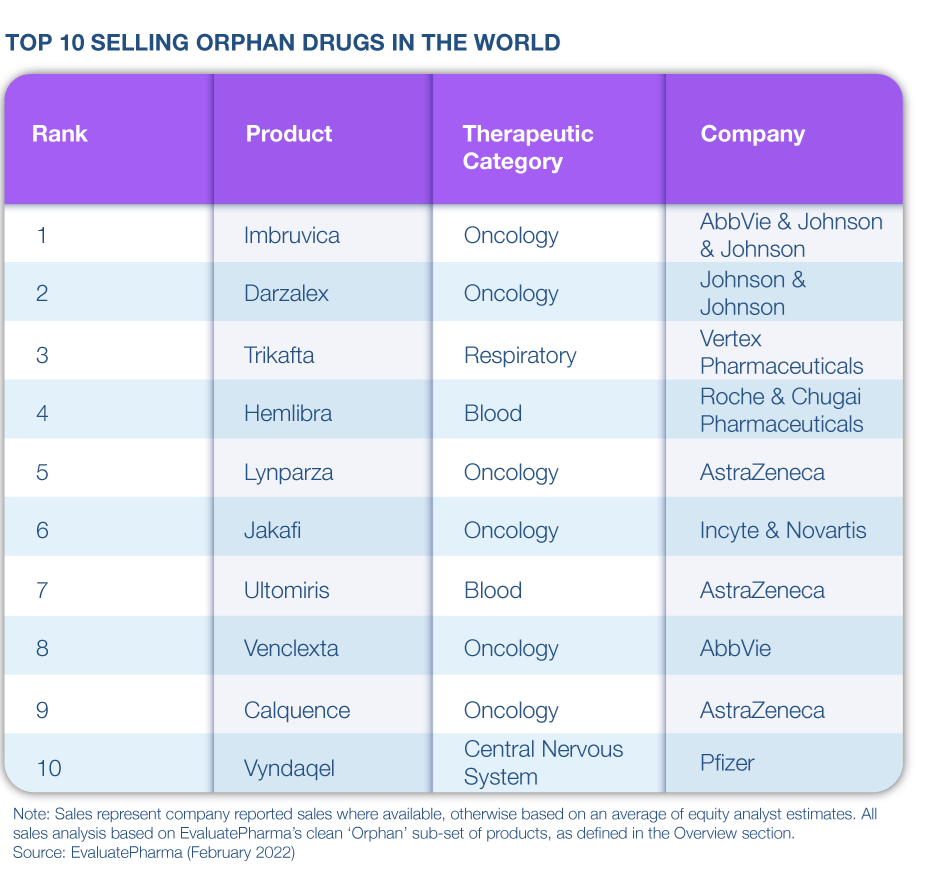
In 2019, nearly 24 million people globally received a new cancer diagnosis, a 26% increase over 2010. This rising trend in oncology diagnoses shows little sign of slowing down, with some experts pointing to an uptick in early detection through better cancer screening programs as one probable cause.
With improved screening, providers are better able to proactively prevent some cancers among high-risk patients, introduce chemotherapy more effectively, or create a constructive combination of treatments for individual patients as needed. This in part has aided in a 32% decrease in the oncology-related death rate seen between 1991 to 2019.
But in addition to the fear of being diagnosed with cancer, the impact doesn’t stop during – or even after – treatment. Such life-saving treatments often come with crippling high costs that can leave patients and their pharmacy benefits plan sponsors unable to financially recover in some instances. What’s more, often these therapies are ongoing until either the member no longer responds to treatment, or can no longer tolerate the side effects of the medication. Moving oncology medications into maintenance medication territory.
To understand this lasting effect and how to protect against crushing costs, we must first look at the rise in available treatments that are more likely to come with hefty price tags.
The Impact of the Rising Costs of Oncology Therapies
Taking a bird’s eye view of the market, costly specialty drugs currently make up around 50% of total drug spend on average, with excursions of up to 70% for individual employers. Over 50 novel drug approvals – those that didn’t previously exist – are expected in the next few years. With the pipeline primarily focused on specialty, spending will continue to increase, with employers feeling the hit of large claims.
Looking at oncology treatment, in particular, 30 novel oncology medicines were introduced to the world in 2021 — a large uptick from only 104 new rollouts over the prior five years. This is in part due to factors such as label expansion for existing agents, the use of high-cost medications sooner in the disease course and the use of high-cost combination therapies. What’s more, along with the introduction of new treatments, sales are expected to grow 70% between 2021–2026 in absolute terms, with global oncology spending expected to exceed $300 billion by 2026.
As the graph shows below, the top-selling drugs in the world are also among the most expensive. High on that list is oncology. Oncology drugs are the highest-selling therapeutic category – both in terms of current sales and drugs in the pipeline. In fact, currently, five out of the top ten orphan drugs address blood cancer and produce more than $36 billion in sales. Costs that neither your employer clients nor their pharmacy benefits member patients should have to grapple with.

Arm Your Clients with the Ability to Manage Oncology Drug Spend
The healthcare industry continues to expand its knowledge of cancer, its causes and more effective treatment approaches. With that comes greater advances in treatment options, with the likelihood of pricier medications being prescribed to patients.
When all it takes is one new hire or one new oncology diagnosis to double, triple, or quadruple a self-funded plan’s annual drug spend, it’ll take more than an established budget or stop-loss insurance coverage to protect your client. And as the rate of oncology diagnosis rises, there is an even greater chance your client will be impacted by a catastrophic claim.
Therefore, it’s no longer a matter of if, but a matter of when.
That’s where supplemental stop-loss insurance comes into play. Given the major limitations of traditional stop-loss coverage, like significant rate increases or member lasering, your clients need an added barrier to protect against rising oncology drug costs. Thankfully, RxPharmacy Assurance covers a majority of the top-selling orphan drugs depicted above, as well as many more.
To learn more about the benefits of supplemental stop-loss insurance and the RxPharmacy Assurance solution, check out our FAQs page.

